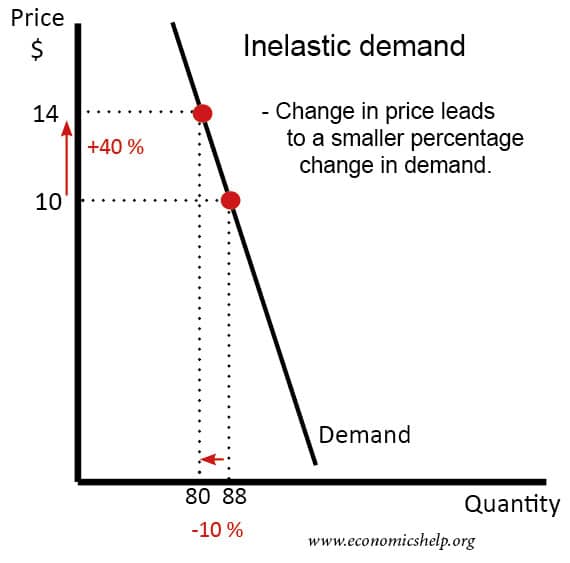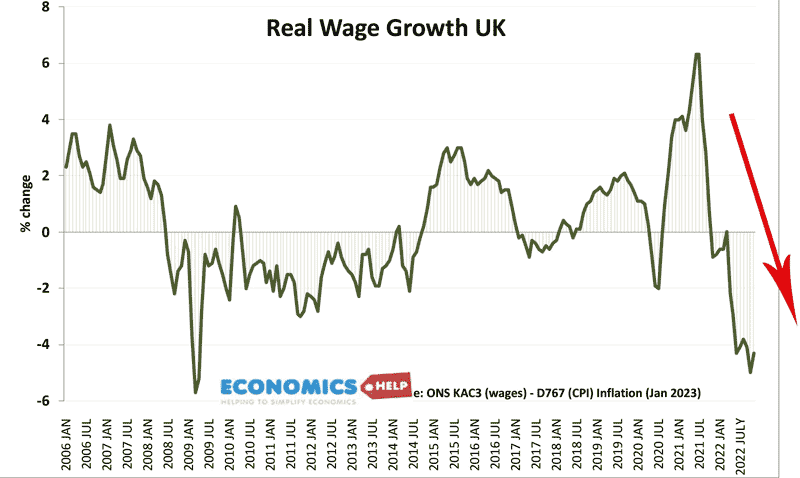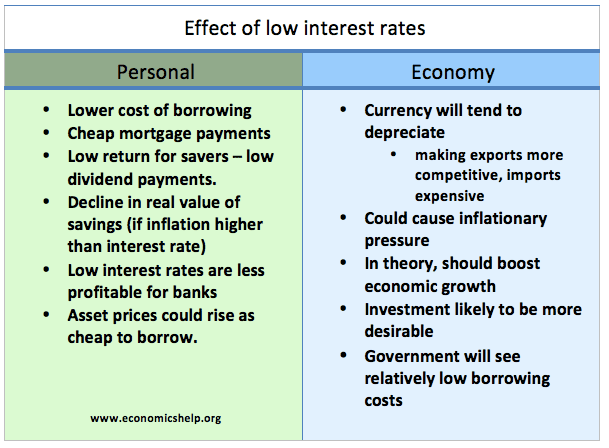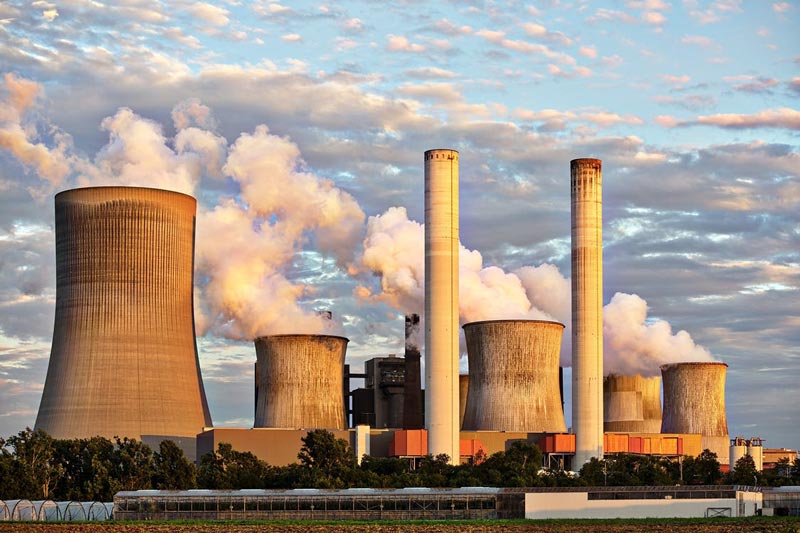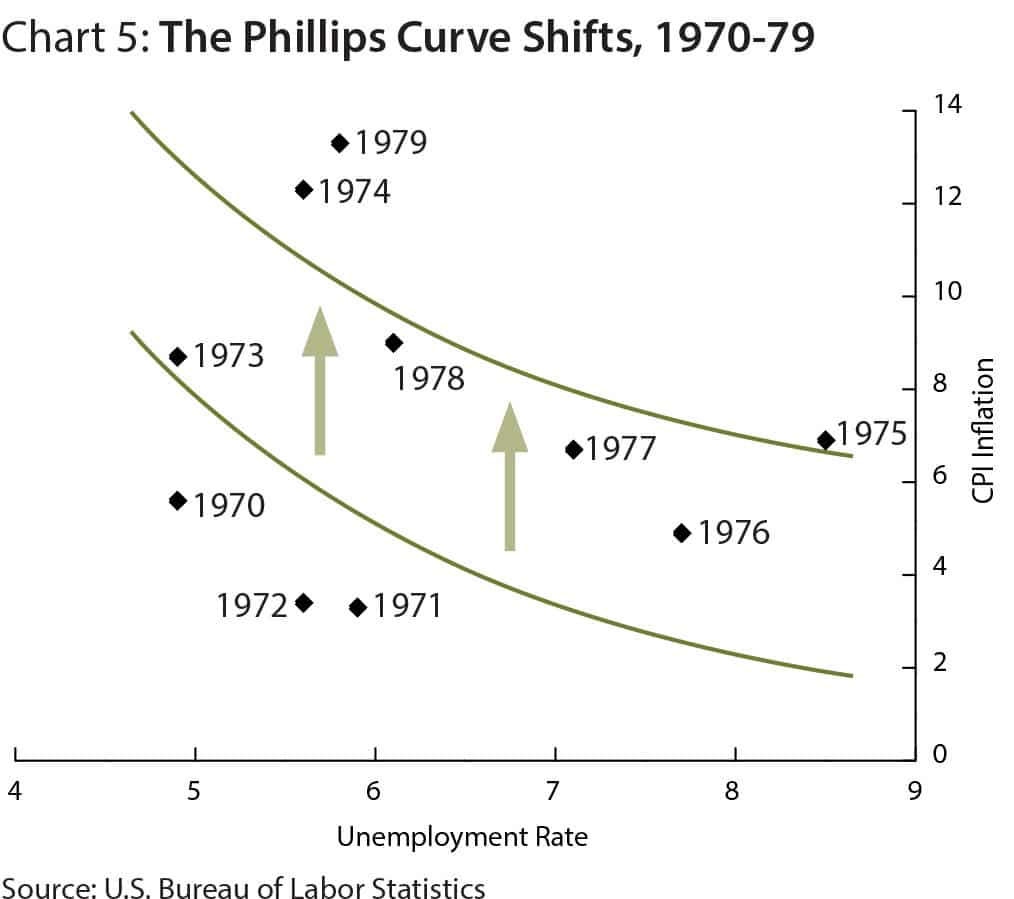Inelastic demand
Definition – Demand is price inelastic when a change in price causes a smaller percentage change in demand. It occurs where there is a price elasticity of demand (PED) of less than one. Goods which are price inelastic tend to have few substitutes and are considered necessities by users. Diagram of price inelastic demand For …

